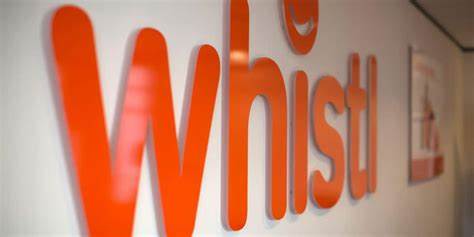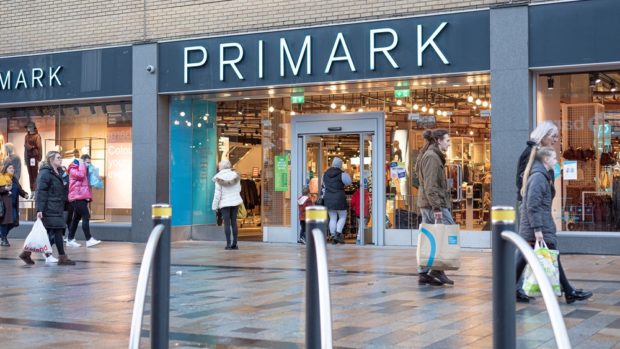The Big Four supermarkets (Tesco, Sainsbury’s, Asda and Morrisons) are having to further enhance their customer experience (CX) and delivery capabilities in response to increased demand for eGrocery services and to prevent Amazon taking further market share.
The eGrocery sector has been severely impacted by supply chain disruption and government safety restrictions, with increasing pressure on retailers and suppliers causing problems for consumers looking to purchase online. If Amazon is able to minimise delays and overcome these pain points before the competition, its existing customers may choose to use it for grocery shopping which could result in complete dominance of the sector.
The battle for eGrocery supremacy will be determined by two simple words, ‘customer experience’, as the majority of consumers simply desire the most convenient and safest way to do their weekly shop. Technology implementation will be a clear decider on who will win and Amazon is very good at enticing people into their ever-expanding ecosystem thanks to its sophisticated analysis of customer data.
Traditionally high street supermarkets and local grocers have prioritised serving a local community of customers face-to-face over their online store and delivery capabilities. In the reality of a post-COVID world, the only way to secure long term success will be through increased investment in sophisticated eCommerce technologies and integrated supply chain solutions.
The pandemic has exposed some of the most prevalent eCommerce pain points within the industry but a giant like Amazon will have all the technological capabilities to prevail. When combined with a huge existing consumer base, this certainly makes it a contender to outperform the Big Four in the long-term.”
High-street retailers have been dealing with the challenges of coronavirus by doing everything they can to entice customers back in-store and prevent Amazon winning the battle for Christmas and the golden quarter. For example, Marks & Spencer recently teamed up with Ocado to leverage its advanced supply chain technologies and there is a growing number of customers choosing to support their local grocers as Amazon may not have the specialisms or customer familiarities of a local grocer.
Supermarkets and local grocers will be able to compete with Amazon if they can remain competitive on price and ensure fast delivery alongside a great online customer experience. Success can be achieved through the implementation of eCommerce platforms and innovations such as Pick and Pack apps to meet increased demand. Although they may not have the huge customer base of Amazon, smaller eGrocery retailers may be able to provide a more localised eGrocery experience for customers within their community
eCommerce managers working in the eGrocery industry must now figure out how to improve their offerings so they can offer a unified and satisfying omnichannel experience, both from an internal operations and customer perspective. If they can meet this increased demand and entice local customers through targeted offers and promotions, they will be able to compete against Amazon and the Big Four in this fast-growing and highly competitive market.”
by Ciaran Bollard, CEO, Koomo








Share